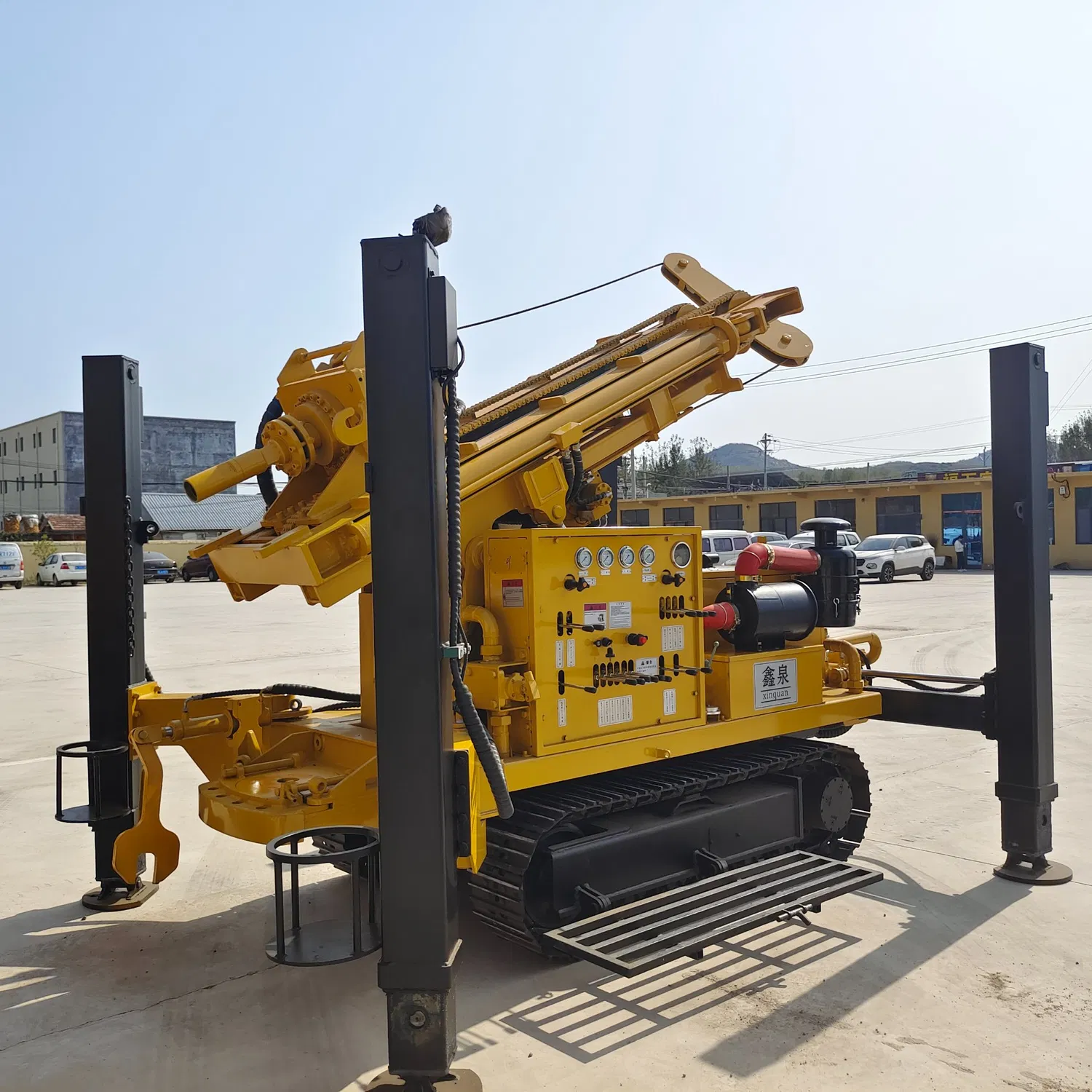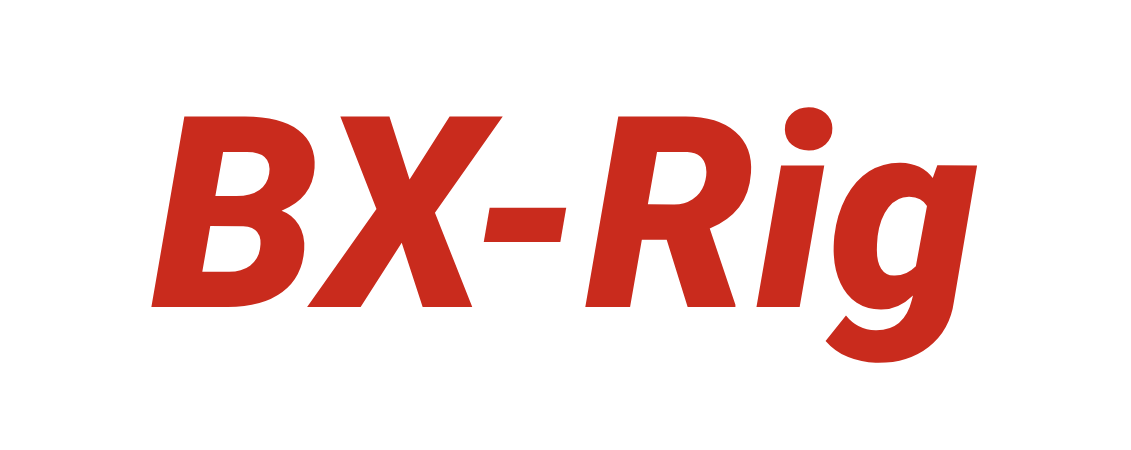Cost Analysis of Water Well Drilling Rig Operations in Loess Layers
-
Equipment purchase cost is a key component.
- Prices of different well drills vary widely. Hydraulic power head rotary drills cost more due to advanced technology and high efficiency, while simple impact grab drills are cheaper.
- When selecting drills, balance operational needs with the budget.
-
Construction material costs cannot be ignored.
- Mud is a key material in loess layers, and high-quality mud comes at a higher price.
- To ensure wellbore stability, casing and other wall-protection materials may be needed, with costs varying by material and specification.
-
Labor costs also account for a proportion.

- Operating water well drilling rig requires professionals, including drill operators and mud workers, with wages and training fees included.
- In complex loess geology, experienced technicians may be needed for on-site guidance, increasing labor costs.
-
Additionally, equipment maintenance costs matter.
- The harsh loess operation environment causes fast wear of drill components, making regular maintenance and replacement costs non-negligible.
- In cost analysis, consider all these factors. Reduce total costs and improve economic efficiency by rational equipment selection, optimized construction plans, and higher equipment utilization.
